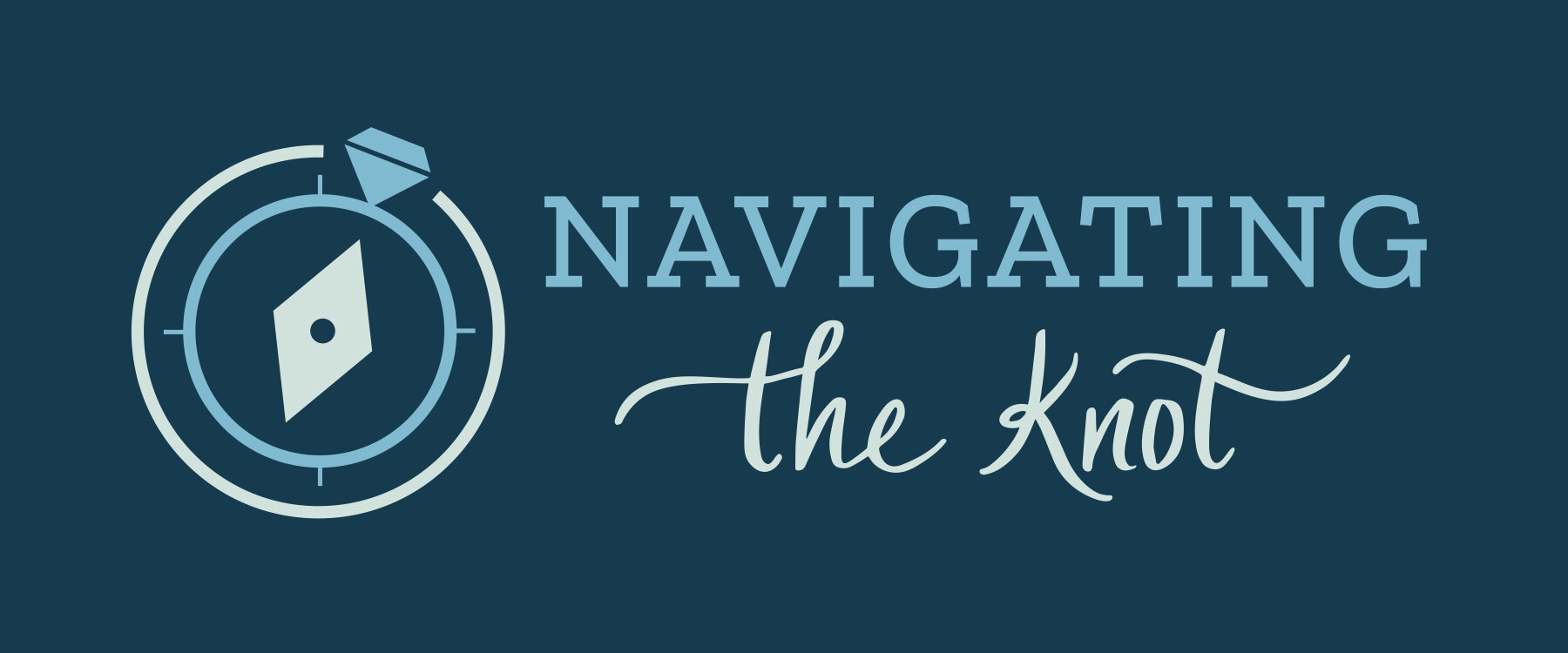Why We Should Learn to Acknowledge the Limitations of Our Perspective
When you look at the above image, do you see a rabbit or a duck? This ambiguous sketch, which highlights both the power and the limitations of our perspective, has been inciting arguments amongst its viewers for over 125 years.
Our perspective, by definition, is limited. Like viewing something from only one angle, our perspective embodies our own version of reality, our unique point of view. So it encompasses whatever cross section of the truth we’ve been exposed to - which is frequently not representative of the entire picture.
And that isn’t problematic in and of itself.
However, issues can arise when, instead of viewing our perspective for what it is - incomplete - we mistakenly believe that our sliver of understanding represents the whole story.
Sometimes we are so certain in our perspective, in what we know, that we have the tendency to extend and project it out, believing that it gives us insight into the matter as a whole.
In part, this phenomenon is a natural byproduct of our evolutionary adaptation. We use our senses to take in data, and our brain interprets that data in such a way that makes us feel secure in our grasp of the reality around us. This feeling of self-assurance grants us the confidence to operate and take action based on whatever information we have at our disposal.
In other words, we’ve learned to gather data from our surrounding environment, but also to draw assumptions based on that information and to build frameworks and constructs that help us to understand the world around us and function within it.
Regrettably, because this process feels so natural and seamless to us, we often forget that our perspective is actually inherently limited. That it’s akin to a two-dimensional snapshot of a three-dimensional object.
--
To further exemplify this concept, consider the parable of the 3 blind men and the elephant:
One day, a group of 3 blind men who were traveling together came upon an elephant. The men, who had never encountered an elephant before, were curious about the creature and unsure of what to make of it. So in an effort to learn more about the beast, they each reached their hands out to touch it.
The first man’s hands landed on the elephant’s trunk, and he declared, “an elephant must be like a large snake!”
The second man put his hand out and felt the creature’s ear. He replied, “no, the elephant is more like a giant fan!”
Finally, the third man placed his hand on the animal’s side and said, “You’re both wrong. An elephant is actually like a wall.”
Unsurprisingly, the three men proceeded to descend into argument, with each man insisting that his perspective was correct. Each was operating under the presumption that the portion of the elephant he’d felt represented the whole truth.
And of course, each was correct in his own way, but also incorrect at the same time. They each held a piece of the puzzle, but without remaining open to each other’s perspectives, they were unable to piece it all together and understand the full picture.
--
Despite most of us having the benefit and assistance of our five senses to aid us in interpreting the environment around us, we all fall into this trap at times.
We tend to project our partial perspective and view it as the whole truth, relying on our own slivers of experience to guide us. And as a result, we often make assumptions about the whole based solely on one of its parts.
Sometimes we do this with people as well, making judgments based on limited information that we have about them. Particularly when we don’t know much about someone, we are quick to trust our first impressions and categorize them accordingly.
But our perspective has limits and can oftentimes be flawed.
In order to discover anything approaching the whole truth, it’s important for us to consider as many different viewpoints as possible. We need to learn how to see beyond our own limited perspective and allow for others to enter our purview.
So here is my challenge for you: the next time you find yourself in a disagreement, or the next time you feel strongly about some issue, consider the possibility that both sides might be telling a part of the truth.
The “truth” is often more gray than it is black and white. It can be multifaceted and appear to be quite different when viewed from different angles.
I’d encourage you to try to open yourself up to ideas and perspectives that fall outside of your direct experience. In other words, step back from the single brush stroke that’s caught your eye and seek to see the whole painting.
Because your perception of reality is likely more limited than you think it is, and the truth may be more wondrous and complex than you ever imagined.
—
Kim West is the Founder of Navigating the Knot, a company she built to assist and empower clients on either end of marriage. Kim (JD, MBA) is a Consultant, Certified Coach, & Certified Divorce Specialist (CDS) who offers her services nationwide. To learn more, follow her on Facebook or Instagram.
To schedule a free consultation call with Kim, sign up here: https://calendly.com/navigatingtheknot/freeconsultation

